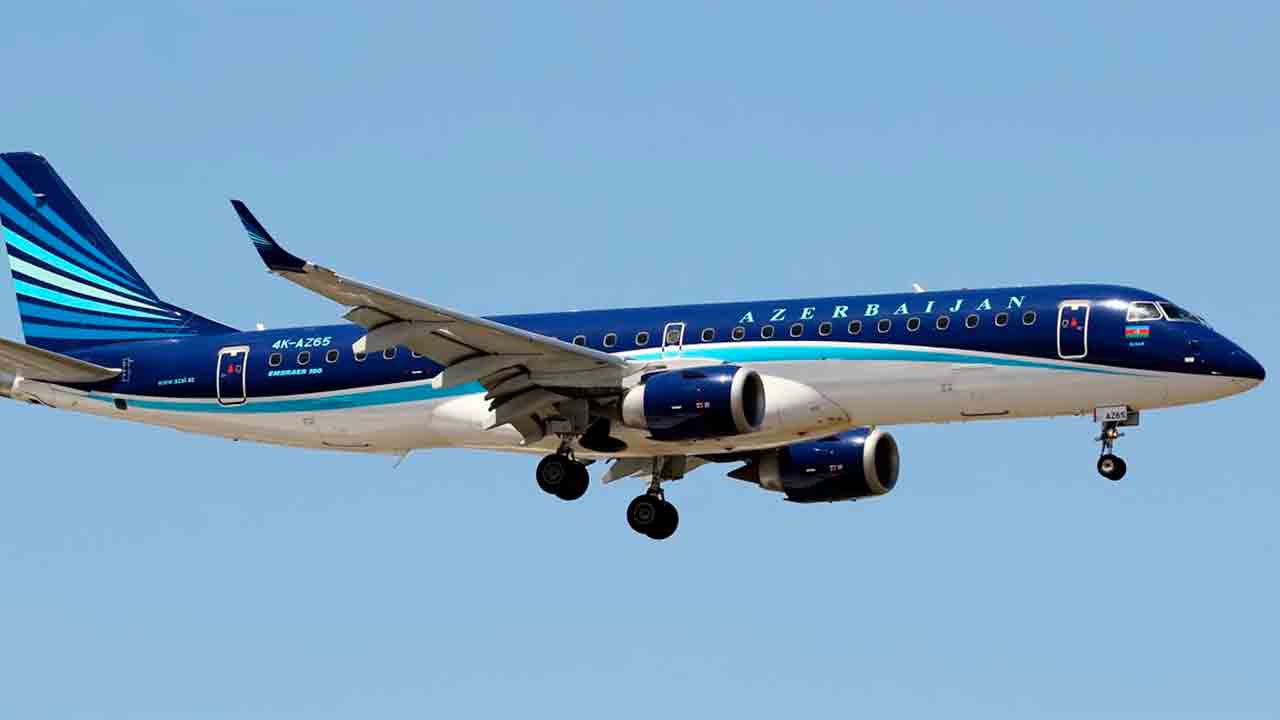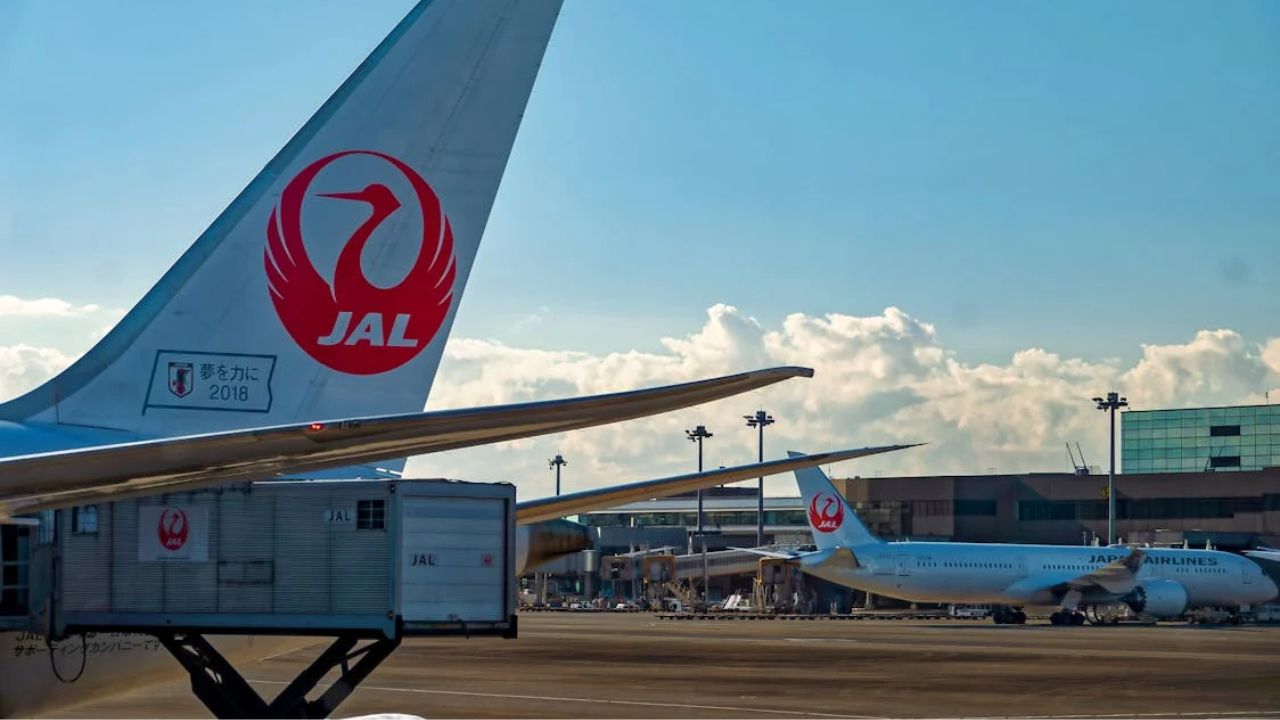

The European Union Aviation Safety Agency (EASA) has issued new safety recommendations concerning Russian airspace. According to the announcement, EASA advises against any flight operations, regardless of altitude, in five specific areas west of the 60th meridian east longitude.
The affected areas include the Flight Information Regions (FIRs) of Moscow, St. Petersburg, Samara, Yekaterinburg, and Rostov-on-Don, now considered high-risk zones for foreign air carriers operating in third countries (TCO).
Reasons for the Restrictions
EASA’s warning comes two weeks after the crash of an Embraer E190 of Azerbaijan Airlines in Aktau. The aircraft, en route to Grozny, crashed during an emergency landing attempt, possibly due to military operations in the region.
The agency highlights that the activation of Russian air defense systems in response to Ukrainian attacks may pose threats not only to air traffic but also to nearby international airports.
Another risk factor is the interference with satellite navigation systems, compromising operational safety. According to EASA, the measures taken so far by Russian authorities do not ensure the required level of safety for flight operations.
+ Everything About the Embraer E190: The Jet Involved in the Crash in Kazakhstan
Recommendations and Validity Period
EASA recommends avoiding flights over the affected areas until at least July 31, 2025. The agency also stresses that airlines should continuously monitor the situation to ensure the safety of their operations.
Impact on Aviation
With rising tensions in the region, European and international airlines are seeking alternative routes to minimize risks. The warning reflects growing concerns about the safety of airspace in Eastern Europe and neighboring countries.
Source: EASA, European Union Aviation Safety Agency. This content was created with the help of AI and reviewed by the editorial team.


